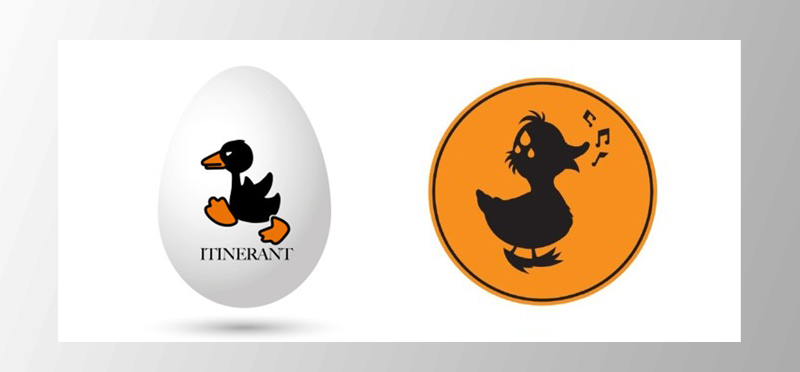CFI: Free-riding on a reputation of a well-known mark

In its judgment of 14 September 2022 on the figurative mark of a singing duck, the CFI confirmed that a well-known earlier mark can rely on exploitation by a trademark application, even if there is only a slight similarity between the marks.
Case law on the distinctive character of a well-known mark
This judgment expands the case law on the likelihood of confusion and taking advantage of a well-known mark. According to case law, where the reputation of a mark is established, it is irrelevant to establish the original distinctiveness of that mark in order to assume that it has a distinctive character (see judgment in March 2018, Shoe Branding Europe v EUIPO - adidas [position of two parallel stripes on a shoe], T-629/16, EU:T:2018:108).
Moreover, a trademark with originally weakly distinctiveness may have a higher degree of distinctiveness due to its reputation. This was decided by the CFI in June 2018 (T-657/17) in the "Polo" decision, in which a likelihood of confusion between the opposing signs "POLO" and "HPC POLO" was affirmed. In the "POLO" case, it was considered important that the earlier mark had been proven to have been used as a sign for clothing and as such was known to the relevant consumers.
EU figurative marks of a singing duck - earlier well-known mark
The situation was similar in the current case of Itinerant (CFI, judgment of 14 September 2022, T 416/21) and its EU figurative mark of a singing duck, which claimed trademark protection for clothing and jackets. The intervener and proprietor of the earlier well-known mark is Save the Duck SpA (Italy). In its opposition against the later trademark of Itinerant Show Room Srl (Italy), it had proved with several documents that at the time of the application for Iternerant's trademark, the earlier trademark for "down jackets" was known to the general Italian public. It was also shown that Save the Duck had made significant investments to make the earlier mark known to the general public and, in particular, to the Italian public.
The Board of Appeal had allowed the opposition on the basis of Article 8(5) of Regulation 2017/1001, as the mark applied for would take unfair advantage of the reputation of the earlier mark for 'down jackets' in Italy: Free-riding on reputation.
Free-riding on a reputation of the well-known mark
But, was the low degree of similarity between the two figurative marks and the reputation of the earlier mark sufficient for the relevant public to believe that there was a link between them? Itinerant argued before the European Court of First Instance (CFI) that the differences between the signs outweighed and were such as to exclude a possible association between them. There was also no likelihood of confusion between the signs (Art. 8(1)(b) UMV), according to Itinerant, arguing that the Board of Appeal had referred to the association between the signs, but not to differences giving rise to a likelihood of confusion.
However, since the Board of Appeal had not even examined the opposition based on Article 8(1)(b) of Regulation 2017/1001 in the contested decision, the CFI held that this plea had to be rejected as being devoid of purpose.
However, the CFI ruled that the Board of Appeal had been right to say there is free-riding on a reputation of the earlier well-known mark in accordance with Article 8(5) of the UMV. The court explained, that Art. 8(5) UMV implies a certain degree of similarity between the well-known mark and the mark in dispute. The decisive factor is whether the relevant public establishes a mental association between the signs - despite a low degree of similarity and even if they do not confuse them.
The Board of Appeal was right to find that there was an average similarity between the conflicting signs, and there was no error of law in that respect. And because of the proven reputation of the earlier mark, the CFI held, in agreement with the Board of Appeal, that the Italian public is capable of recognizing the earlier mark, whether or not the word element 'save the duck' is present.
Obligation on the proprietor of the earlier well-known mark
The owner of the earlier mark is not obliged to prove an actual and present detriment to his mark, the court added, referring to established case law. He only has to present elements that prima facie indicate a future, non-hypothetical risk of unfair exploitation or detriment. Save the Duck had demonstrated this for the reputation of its earlier mark, which was attributable to its activities, efforts and investments.
The CFI, therefore upheld the contested decision of the Board of Appeal and dismissed the Itinerant's action in its entirety.
Is trademark protection or the defense of your earlier well-known trademark also an issue for you?
Contact us, gladly by telephone at +49 (0)69 69 59 60-0 or at info@kollner.eu.







